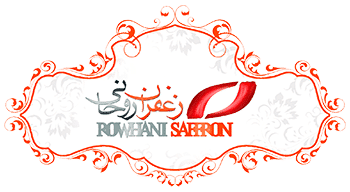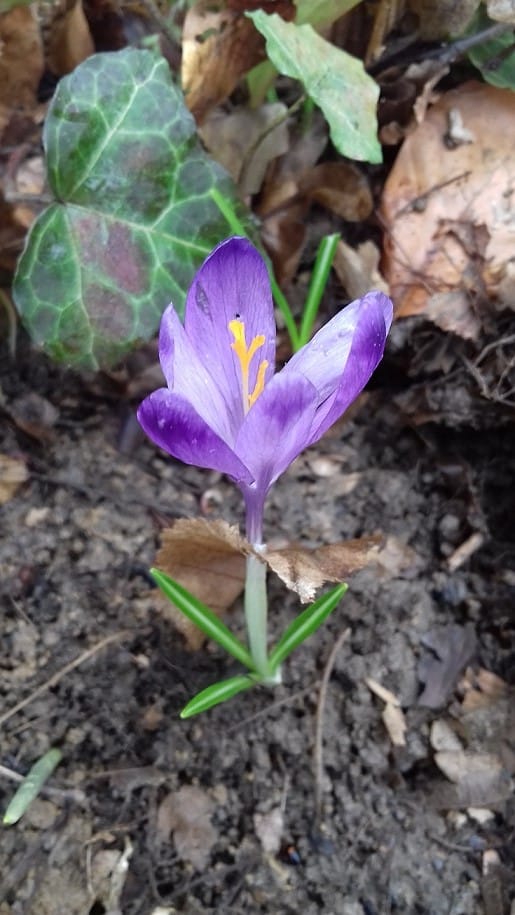17% of the economic value of North Khorasan gardens is saffron
Abdullah Yousefi emphasized on increasing saffron cultivation in the province and said: In addition to this product has many importance and benefits in each hectare of saffron in the stages of planting, harvesting and processing it is a direct job and about 180 to 200 indirect and seasonal jobs Is created.
He added: Saffron is a suitable plant for planting in arid and semi-arid regions and the most important reasons and benefits of developing this crop include climate change in the province in recent years, drought, reduced water resources and plant adaptation, water demand and low expectations.This plant is comparable to other products.
He said: the time of water consumption in saffron cultivation is a time of year when other crops do not need water and do not face the problem of water shortage.
The head of North Khorasan Agricultural Jihad Organization said: the possibility of removing and replacing water gardens with saffron, ease of mechanized cultivation and high economic value, ease of crop maintenance, existence of five saffron processing and packaging units with an annual capacity of 3.4 tons and the possibility of export It is one of the benefits of cultivating this product.
Yousefi stated: Iran accounts for 90% of the cultivated area and 89% of the world’s saffron production.
He added: In the last two decades, saffron cultivation and production in the province has increased so that from 343 hectares in 1386 to 3,997 hectares and production of 20 tons with an average yield of 6 kg per hectare and ranked third level Cultivation and production in the country.
He stated: Saffron is cultivated in eight cities of the province and Farooj city with an area of 2,453 hectares and an annual production of about 14 tons has the first place and Shirvan and Esfarayen cities are in the second and third ranks of production.
Yousefi said: Supervision and consultation of experts in the stages of planting, holding and harvesting and transferring technical knowledge to farmers, implementation of saffron value chain development plan, distribution of agricultural inputs, supply of cultivation model tools, supply and payment of facilities, support purchase of saffron, including support Of this organization.
He added: lack of mechanized harvesting machines, lack of technical knowledge in the production environment, the possibility of outbreaks of pests and certain diseases due to the rapid development of cultivation, market turmoil and lack of specific export programs, bulk exports and lack of saffron processing, including Problems and concerns of the saffron field in the province.
He emphasized on supporting saffron farmers and said: providing cheap facilities with the aim of using new technologies, conducting research studies, creating the necessary incentives for investment in post-harvest and processing industries, supporting and strengthening related organizations With saffron in the production chain, strengthening the insurance performance of the product and paving the way for the production of organic products should be considered.
North Khorasan has 344,000 hectares of agricultural land, of which about 40,000 hectares are gardens and the rest is agriculture.







Get Social